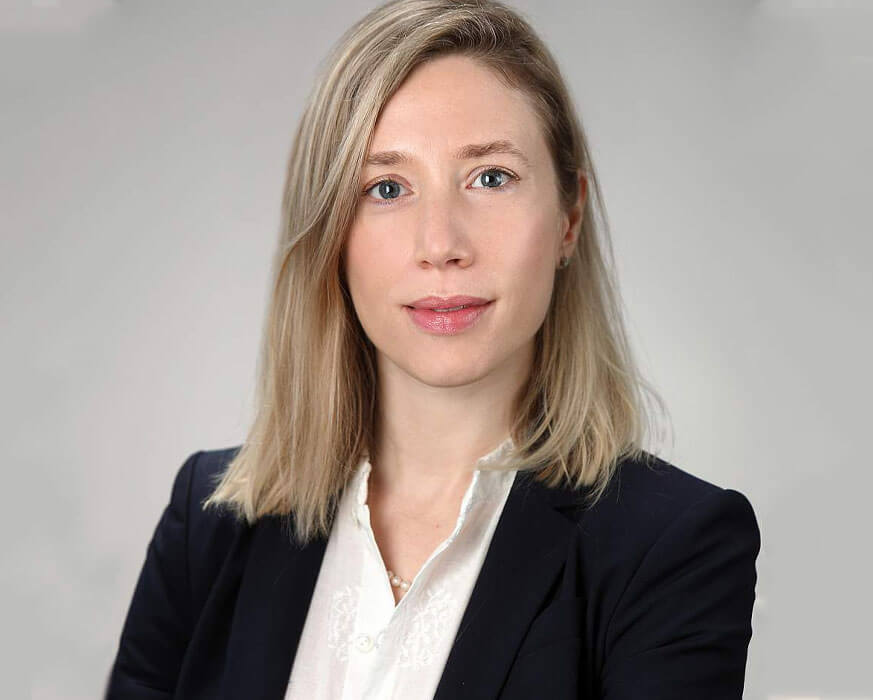Life in Recovery

Rebecca G. Baker, Ph.D., is the director of the NIH HEAL Initiative®. Read more about Dr. Baker.
Dear HEAL Community,
Among us are many people living in long-term recovery who have shared stories about how their lives have changed for the better thanks to recovery. These include Ryan Caldwell, a peer support specialist working with the HEALing Communities Study:
“My life is amazing because of recovery … good things tend to happen, doors just open, and I have a lot of faith in what I do.”
HEAL researchers, including scientists in recovery who dedicate themselves to learning more about addiction, are looking for the best ways to help others through applying that knowledge. Lived experience of drug use, addiction, and recovery provides insights that benefit study design, research, recruitment – and the way we think about the opioid crisis. The HEAL Community Partner Committee is guiding our research community to make the most of this critical input.
“Every aspect of life is recovery,” is what we hear over and again. Finding a way to live your best life is what we all try to do, and HEAL recognizes that there are many different ways to help people stay healthy.
HEAL-funded research is currently building support structures in communities that provide multiple pathways to recovery. The Consortium on Addiction Recovery Science is a nationwide effort that focuses on research network-building initiatives, and we plan to expand this investment (see the current HEAL funding announcement) to enhance and expand community recovery support services in the coming year.
The Substance Abuse and Mental Health Services Administration (SAMHSA) announced a few months ago its new Office of Recovery, which will provide resources to states and communities to expand peer-delivered services with a focus on engaging people with lived experience in this essential work. Recovery Support Services is one of the pillars of the HHS Overdose Prevention Strategy.
In addition to treatment – whether medication, therapy, peer support, or all together – recovery organizations are gathering places for people. They provide transportation, food, and shelter; career-building resources; and friendship. They create community, which is known to help people find recovery and stay healthy. In this way, recovery organizations build recovery capital: tools and resources to help people stay on track toward achieving goals.
It is true that it often takes people many attempts to overcome an addiction, and very tragically, some do not make it. But new findings tell us that not only is recovery possible, it is also common – some good news.
A recent study followed up on a 2017 survey of Americans that asked the question “Did you use to have a problem with alcohol or drugs but no longer do?” This new research shows that about 80 percent of people who have had a past substance use disorder now consider themselves in recovery – and things improve the longer they stay there.
Although addiction recovery is person-specific, it is measurable and includes many factors beyond substance use related to a new lifestyle choice that prioritizes personal health and well-being, and a greater connection to one’s family and community. Recovery measures look across many life domains, including physical, psychological, social, and environmental to assess not only substance use but also diet, sleep, exercise, self-esteem, body image, spirituality, and safety and security, among many other characteristics of daily life.
Toward quantifying recovery, scientists also look at achieving goals that become possible with healthy and satisfying, personally defined actions, like going back to school or getting a new job, regaining custody of children, buying a home – and helping others who are having problems. The latter is evident in the burgeoning field of peer specialists, who play a role in many HEAL-funded research studies.
Right now, 2 years into a pandemic that has had devastating effects on our material and emotional lives, and with the wide availability of deadly synthetic opioids like fentanyl, it’s essential that we as a community continue to use all the tools available to keep people alive – so they, too, can join the millions living life in recovery.
Almost a year ago, at the second annual HEAL Investigator’s meeting, we were fortunate to hear from Tom Coderre, among top leadership at SAMHSA, who credits treatment and recovery support with saving his life. Now 18 years in recovery, he is shaping policy to ensure that people “get their hope back.”
We thank him and others for leading the way.
As always, share information about HEAL with your networks and remember that we want to hear from you. It just takes a quick email to HEALquestion@od.nih.gov.
 U.S. Department of Health & Human Services
U.S. Department of Health & Human Services
